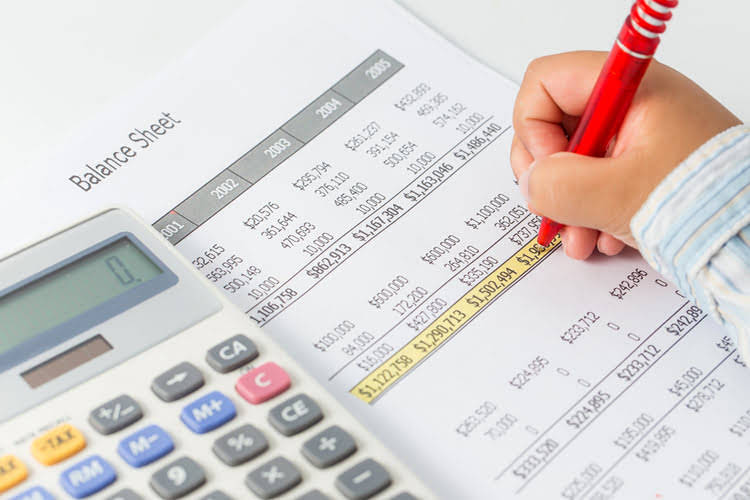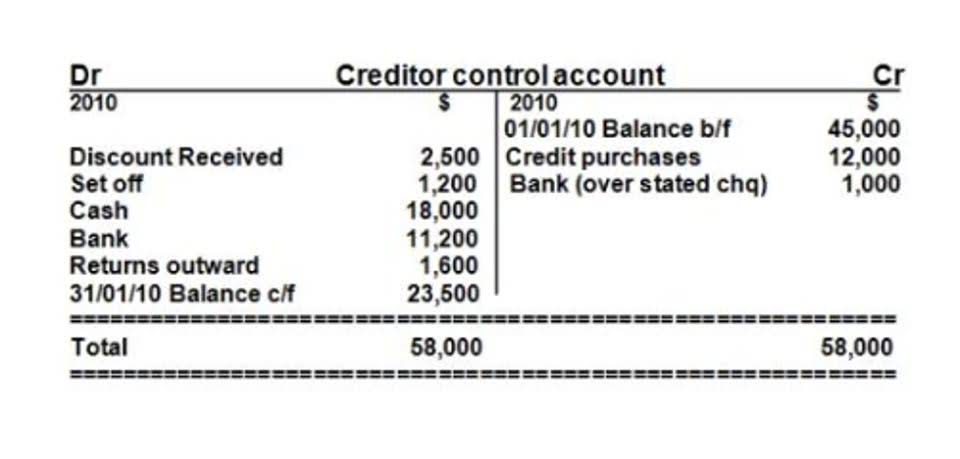What is Record-to-Report R2R Process in Finance?

Next, it involves summarizing these records into detailed reports, like balance sheets or income statements, which show the business’s financial health. Finally, these reports are delivered to managers, stakeholders, or regulatory bodies to help them make informed decisions. In simple terms, R2R is about making sure that all financial data is captured correctly and then turned into clear, useful reports that guide business decisions. The process entails recording financial transactions and reconciling accounts.
Monthly financial closing
This analysis aids strategic decision-making and highlights areas for improvement. The record to report R2R process is fundamental in the digital age, where data drives insights and strategy. In today’s digital age, Record-to-Report (R2R) is crucial for converting raw financial data into actionable insights. Let’s dive deeper into the detailed steps of the process, the impact of technology, common challenges, and best practices. Streamlining the record to report process is critical to achieving a more agile and competitive business.
- The purpose of the Record-to-Report (R2R) process is to convert detailed financial information into clear reports that show a company’s financial health.
- This involves capturing data from various sources such as accounts payable, accounts receivable, payroll and other financial activities.
- At the other end of the spectrum, smaller businesses may find themselves saddled with extra work due to manual workflows or legacy systems that make data management more challenging.
- They can be a source of stress and frustration, and can have a negative impact on liquidity and cash flow.
- This is the final step before the data will be converted into financial statements and reports filled with operational feedback for both internal and external stakeholders.
- Cross-Functional CollaborationEffective collaboration between finance, IT, and other departments is crucial.
Understanding the What, Why, and How of Record to Report Process in Finance

Robust controls and risk management are possible by defining and documenting control procedures. The other steps include segregating duties, implementing access controls, and conducting periodic risk assessments. Poor collaboration between finance teams and other stakeholders can hinder the process and lead to misunderstandings or delays.
Recording Data
Technology helps establish stringent controls and access restrictions to protect financial data from unauthorized access. It presents a review of the status of overall goals bookkeeping and actual performance in relation to the market, which strategists require. R2R reveals anomalies and performance variation analysis, another business planning requirement. Firms can gain a competitive edge and become competent, agile, and coordinated through superior management procedures.
Cost efficiency

Regulatory ChangesAdapting to frequent updates in accounting standards and regulations is challenging. Organizations must stay informed and adjust their processes to comply with new requirements. This process helps to provide strategic, financial, and operational feedback into the performance of the company or organization. The output information from this process allows stakeholders to analyze various company metrics to determine whether or not the company is performing in accordance with expectations. R2R automation also enables advanced financial analysis with the help of technologies like data analytics, artificial intelligence, and machine learning. These technologies can process large volumes of financial data and provide valuable insights for decision-making.
Financial analysis plays an important role in strategic decision-making, identifying growth opportunities, and assessing business performance. Reconciliation of accounts involves comparing and matching of financial data across bank and supplier statements. Identification of discrepancies and resolution of outstanding items is simplified by the account reconciliation process, which also ensures that financial records are maintained with the highest level of accuracy.


Record-to-Report (R2R) is a financial management process used in accounting to collect, process, and summarize business transactions into comprehensive reports. These reports provide a snapshot of a company’s financial status, helping management understand and make decisions about the company’s financial performance. Essentially, it’s the step-by-step process that transforms raw financial data into valuable insights for stakeholders.
- Financial AnalysisInvolves a thorough examination of financial data to extract meaningful insights.
- Financial reporting provides an important means of dissemination of financial performance information internally to management, shareholders and outside parties such as regulatory agencies.
- Accurate financial reports enable organizations to make informed decisions, plan strategically, manage risks and optimize financial performance.
- For example, a company may use the R2R process to collect and analyze data from its general ledger, accounts receivable, accounts payable, and other financial systems.
- A no code workflow automation software like Cflow provides businesses with deep insights into financial data by way of real-time process reports.
SOAPs: How workload automation is evolving according to Gartner® Workload Automation Trends
- Implementing record to report best practices can help with more accurate and timely financial reporting for organizations.
- This process ensures that all financial records are correct and up to date, leading to reliable reports.
- The 2 phases of record to report are made up of several steps that are outlined below.
- The organization prepares for its upcoming accounting period by balancing temporary accounts to zero.
This involves finalizing the books for an accounting period, ensuring all transactions are accounted for and adjustments are made as necessary. Efficient closing is critical for timely financial reporting and maintaining compliance with accounting standards such as GAAP. The consolidation phase involves aggregating data from sub-ledgers and various sources into a Bookstime central repository. Process Enhancement and ComplianceFocuses on the continuous improvement of accounting processes for greater efficiency. This involves evaluating and optimizing processes to enhance the accuracy, reliability, and transparency of financial data. Adherence to accounting standards and regulatory guidelines, as well as the implementation of internal controls, is crucial for ensuring compliance.

Trả lời